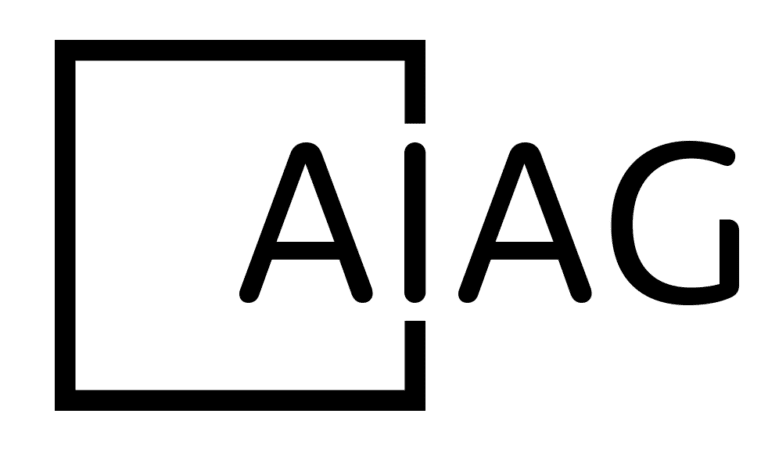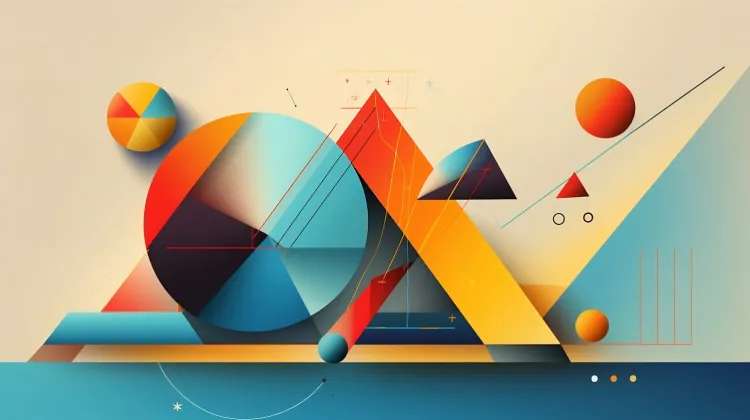Ah, Artificial Intelligence, the golden child of technological innovation, the heir to the throne of human ingenuity. Or so we thought. For years, we’ve been bombarded with headlines proclaiming AI will take over everything. It’s going to steal our jobs, write our novels, paint our masterpieces, and maybe even raise our children. But guess what? AI is dead. That’s right. It’s gone belly-up, croaked, kicked the silicon bucket—at least, as far as the hype train is concerned.
Why, you ask? Because AI is utterly useless without one crucial element: humans. Yes, that’s right, us. The very same creatures AI was allegedly going to replace.
Humans: The Secret Sauce of AI
Let’s be honest, AI has always been just a tool—a fancy, shiny tool, but a tool nonetheless. Like a hammer is useless without a hand to swing it, AI is meaningless without human interaction. Sure, it can analyze vast amounts of data in the blink of an eye, but what happens if there’s no one to interpret its findings? It can generate pictures of fake cats all day long, but without a human to look at them, what’s the point?
And let’s not forget: AI doesn’t just magically appear. It requires training, data input, validation, and (most crucially) purpose. You don’t just throw some ones and zeros together and get a self-aware being that has a taste for Kafka and can run your company. Every AI model out there is powered by vast amounts of human labor—data scientists, engineers, and, increasingly, unpaid interns who help train algorithms that still can’t figure out why CAPTCHA images of traffic lights keep getting rejected.
In reality, we’re not building AI to outdo us; we’re building AI to assist us. To make us faster, better, and more efficient. The dirty little secret? It’s us, the humans, who give AI its value. Without our goals, desires, and needs, AI is just an over-engineered pet rock.
Machines are the Real MVPs
But wait, there’s more. If we didn’t exist, AI still wouldn’t be some all-powerful deity dominating the machine world. It would need something to inhabit. Enter robots, machines, servers—whatever your flavor of hardware might be. AI is nothing without the iron and silicon vessels that give it life. It needs machines, just like a ghost needs a haunted house.
But—and here’s the kicker—those machines? Also useless without us. AI might help drive autonomous vehicles, but guess who fixes the cars when they break down? That’s right, humans. And don’t even get me started on the cloud servers and data centers. The only thing more vital to AI’s existence than data is the server farm it lives in. Machines may not have feelings (yet), but they sure seem to get needy when things go wrong. And spoiler alert: things go wrong a lot.
The utopian future where AI takes over and humans live in idle luxury while robots tend to our every need? Yeah, about that… We’re still stuck in a world where AI can accidentally recommend a blender when you’re looking for a vacuum cleaner. Or, in the more horrifying case, mislabel someone as a criminal due to algorithmic bias. Clearly, AI is still figuring itself out.
The Absurdity of AI Trends
Let’s take a look at the bizarre trends in this space—like the rise of AI art. Is there anything more comical than an algorithm, trained on thousands of stolen pieces of artwork, trying to pass off its computer-generated soup of pixels as “art”? Sure, AI can generate a half-decent facsimile of a Van Gogh or throw together some surrealistic masterpiece, but at the end of the day, who’s curating these art pieces? Yep, humans.
Then there’s the obsession with AI chatbots, touted as the future of customer service. If by “service,” you mean hours of frustration and increasingly deranged interactions with a bot that can’t understand a simple request for a refund, then sure, they’re the future. But in most cases, what do we do when these AI chatbots fail? We scream “human agent” into our phones until, mercifully, a person answers. The very fact that AI chatbots still have a “speak to a representative” button proves that, for all their supposed power, AI is still not ready to take over the world.
AI: All Sizzle, No Steak?
What’s particularly amusing is the amount of hype we’ve all bought into. AI’s rise has mirrored that of other tech fads like cryptocurrency—grandiose in its promise but shaky in its application. Need AI to write your next hit novel? Well, prepare for a robotic, soulless narrative that’ll make you long for the days of bad airport fiction. Want AI to run your HR department? Sure, if you’re okay with a system that might flag your best employee because the algorithm decided their Starbucks habit makes them “unstable.”
While AI is advancing, it’s far from infallible. And yet, people are rushing to throw it at every problem. “AI-powered shoes! AI that decides what you should eat! AI to help you pick your next Netflix binge!” Have we gone mad?
The truth is, for all the predictions of AI revolutionizing our world, it’s really just enhancing the tools we already use. It’s not a sentient overlord waiting in the wings. It’s the new Excel spreadsheet—a tool, albeit a very impressive one, that still needs humans at every step.
The Punchline
At the end of the day, AI isn’t dead—but the idea that it can thrive without humans? That’s the real corpse here. AI needs us, just as much as we need it. Whether it’s in the form of a chatbot, a self-driving car, or a predictive model for supply chains, AI is just a series of instructions. Instructions that humans must create, interpret, and, in many cases, fix when they go wrong.
So the next time someone tells you that AI is going to take your job, remember: AI doesn’t work without people, and the machines need us more than we need them. Without us, AI might as well be sitting in a dark room, endlessly calculating pi—useful to no one but itself.
And that, my friends, is why AI is dead… without us.




